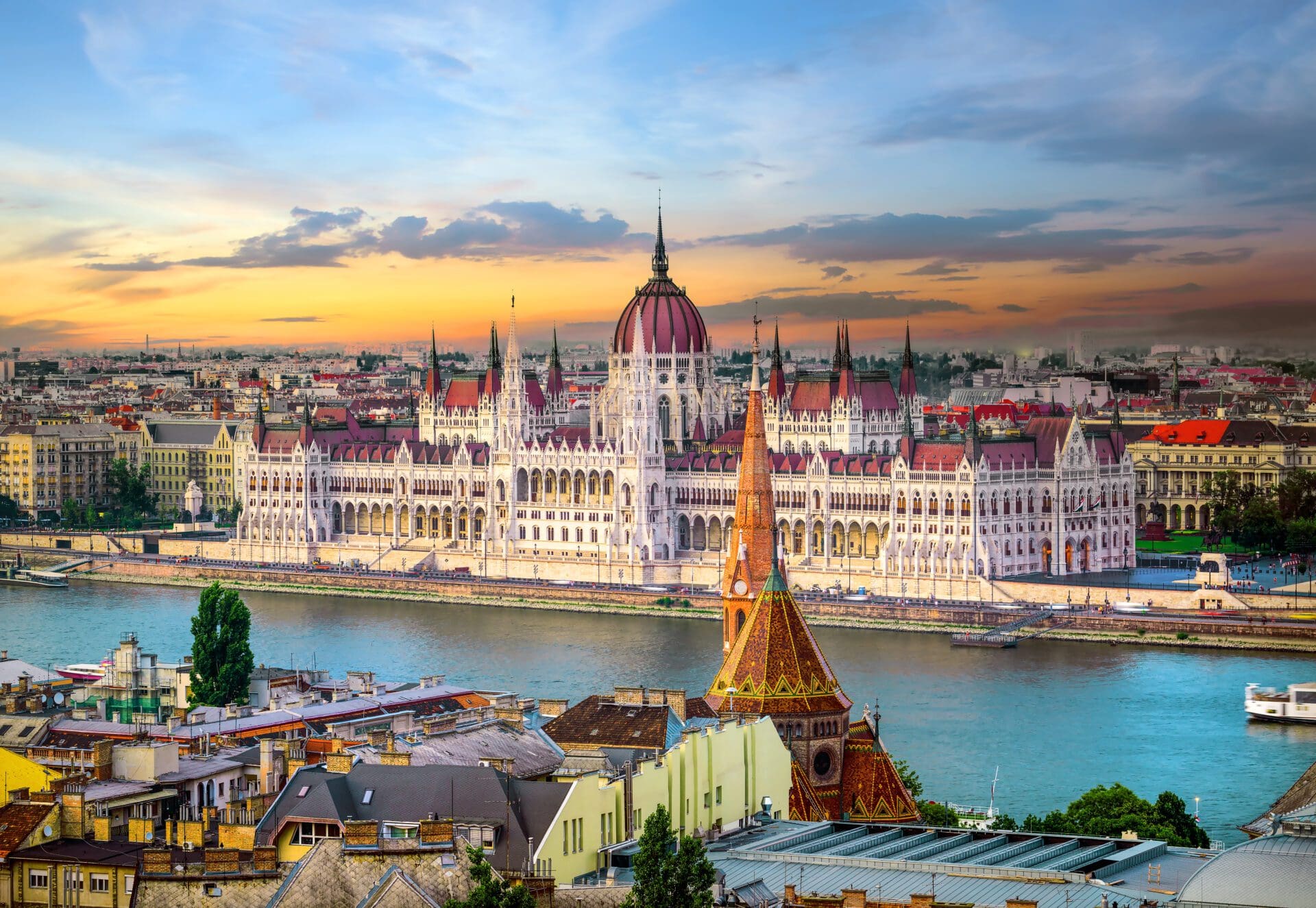The building of the Hungarian national assembly has been in constant and intensive use over the last 120 years, so restorative work inside the Parliament can no longer be delayed. The plans for the internal reconstruction and modernization of the Parliament building were announced earlier this week. During the reconstruction the national assembly will most likely gather in a new, for now undisclosed location. Some of the unique treasures kept in the Parliament, such as the Holy Crown and Mihály Munkácsy’s painting The Conquest, will be exhibited in other locations while the building is undergoing renovation. The modernisation of the technology used inside the Parliament is also included in the renovation plans. Due to the immense size of the iconic building, the total estimated cost of the restoration is 457,5 million HUF.
The building’s monumental size makes the Hungarian Parliament the 3rd biggest legislative building in the world. The Houe is 268 metres long and 123 metres wide. The Dome of the main building is 96 metres tall—the number is of symbolic importance, as 96 refers to the date of the conquest of the Carpathian Basin in 896 as well as to the millennium celebrations in 1896, which marked Hungary’s 1,000 years of existence. The House of the National Assembly has a total of 691 rooms, 200 of which are used as offices. During its construction 40 million bricks, half a million ornamental stones and 40 kg of gold were used. The building is decorated with 90 external and 152 interior sculptures, and it has 365 towers and 27 gates. The building is symmetrical: the southern wing was built for the Lower House, while the northern wing for the Upper House (Hungary’s bicameral system was changed to unicameralism during the state socialist period, when the so-called House of Magnates was scrapped). Today, the lower house wing is used for the parliamentary sessions, while the upper house can be visited by tourists.
The area where the Parliament is now located was covered by the Danube until the 19th century, but after extensive river regulation land was reclaimed. However, the piece of land now known as Kossuth Square, where the Parliament is located, was a wasteland on the outskirts of Budapest for decades, until 1880, when the decision was reached to build the Parliament there. It took two years to rework the wasteland into an appropriate construction ground—containing the river with a massive concrete foundation was one of the most difficult and important tasks before laying down the cornerstone of the new building on 16 August 1887.
The cornerstone of Hungary’s iconic legislative building, designed by Imre Steindl, has no engravings on it for future generations, because the explicit aim of the builders was to create an edifice that can withstand time for at least a thousand years. The unfinished building was inaugurated in 1894, the topping off took place in 1896, the Upper and Lower Chambers moved in in 1902, but the building was not fully completed until 1904, by which time Imre Steindl had been dead for five years, so he could never see his masterpiece realised. The House constructed on the former wasteland became one of the most modern Parliaments in the world—it even had a unique cooling system to keep the temperature down during hot summer days.








